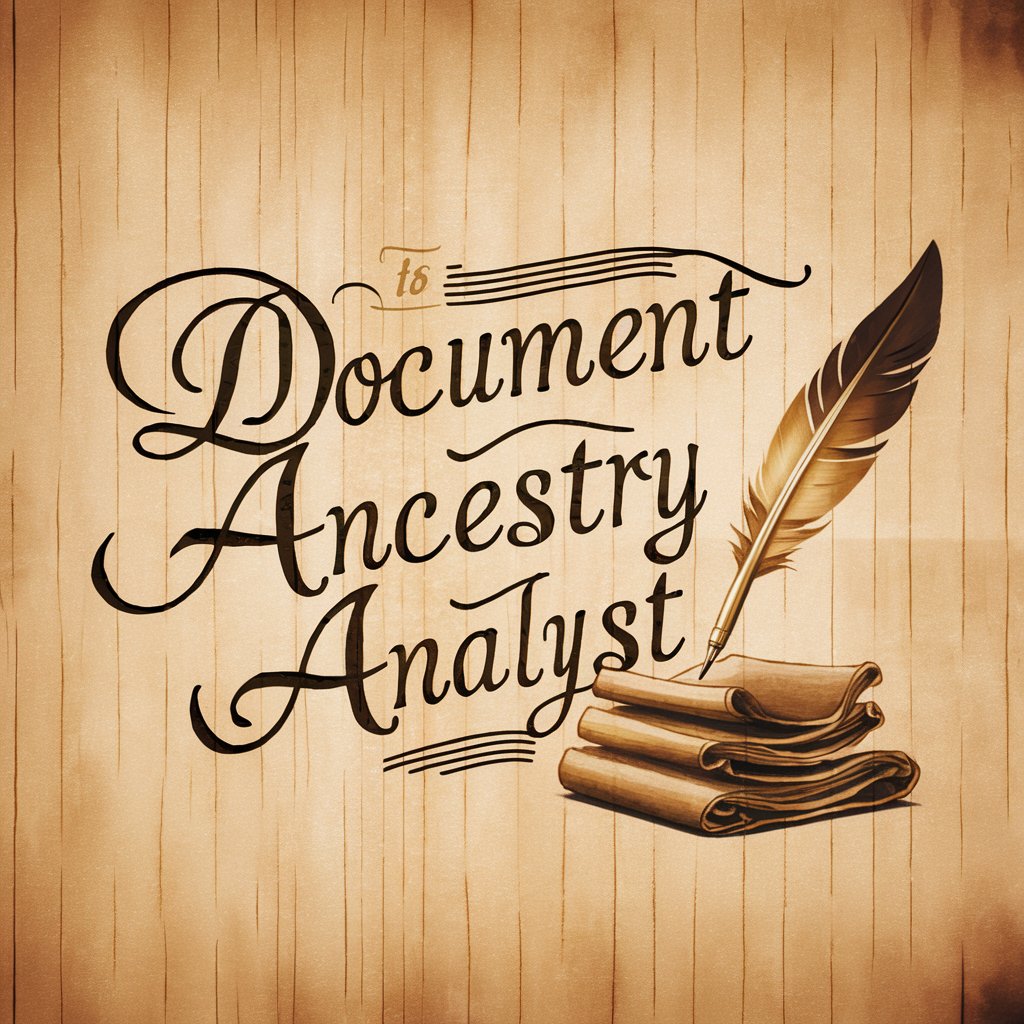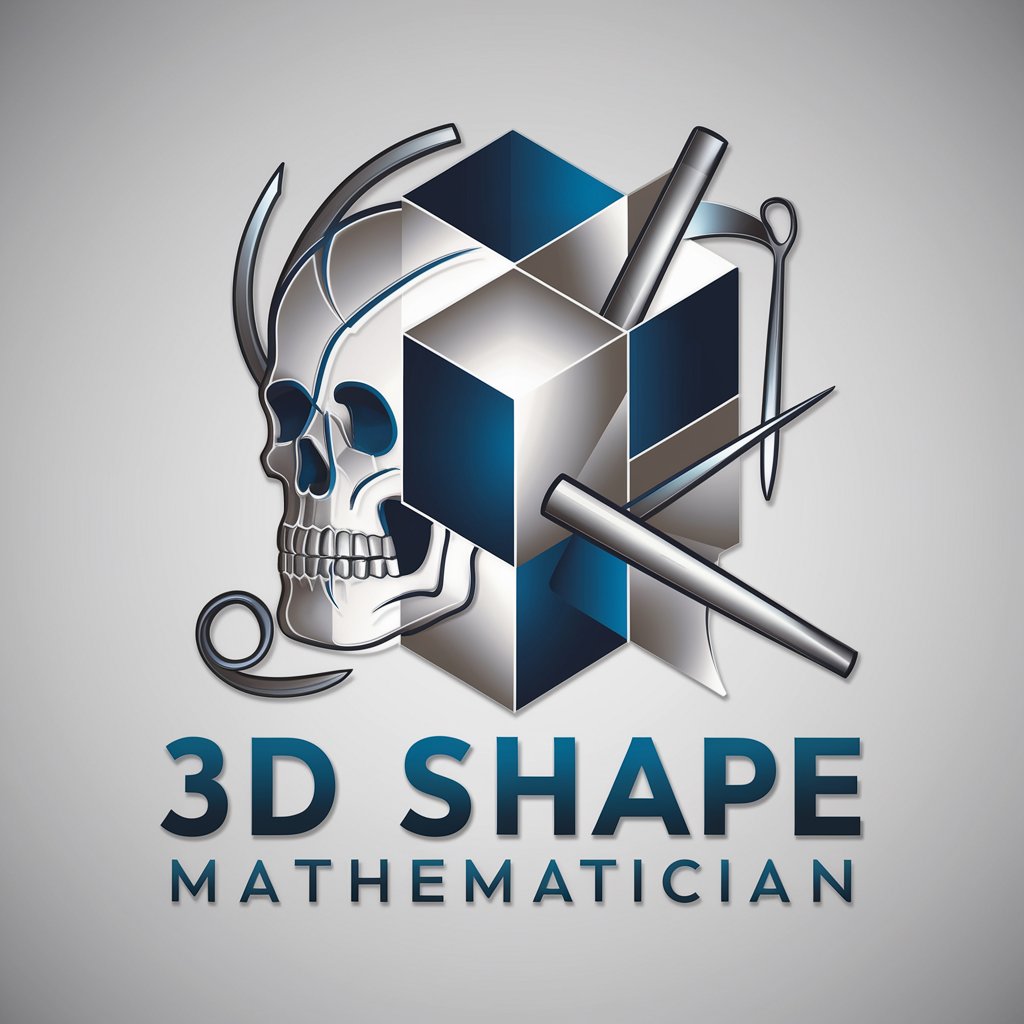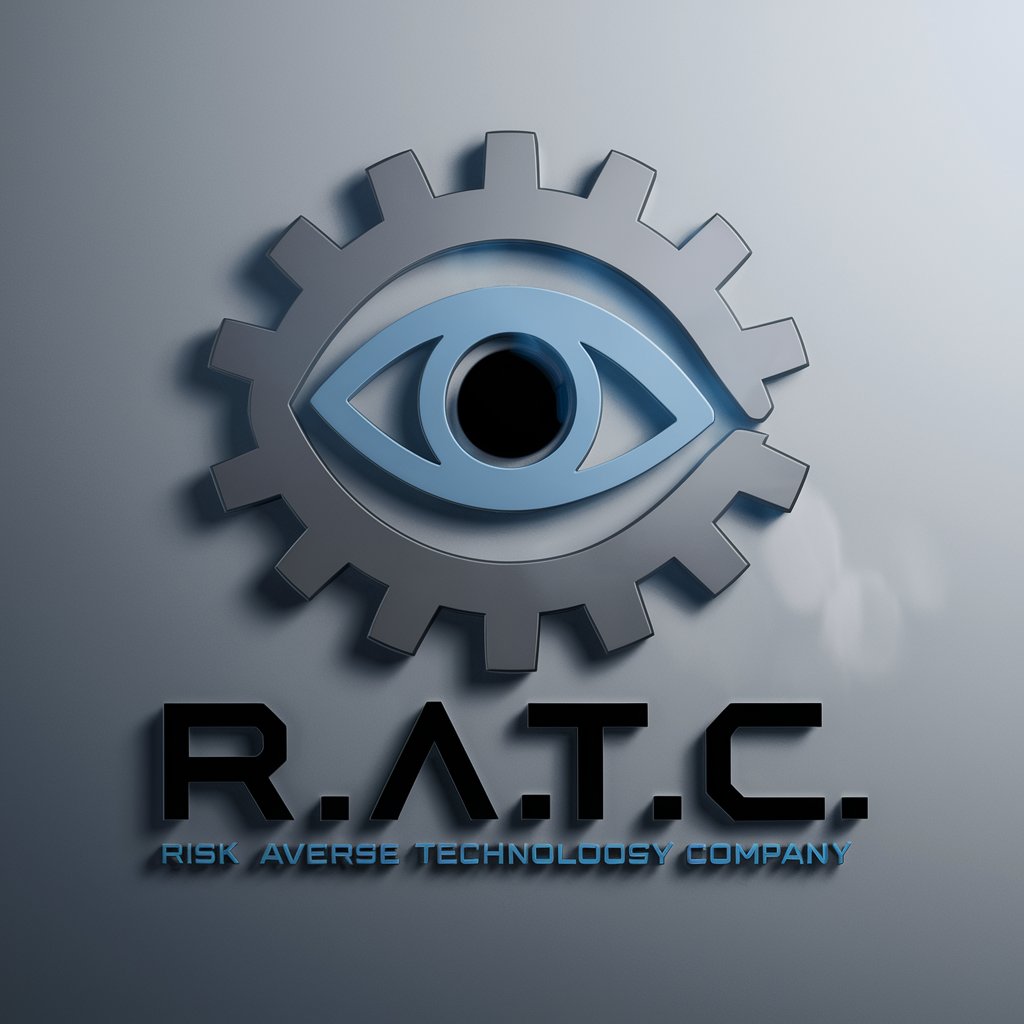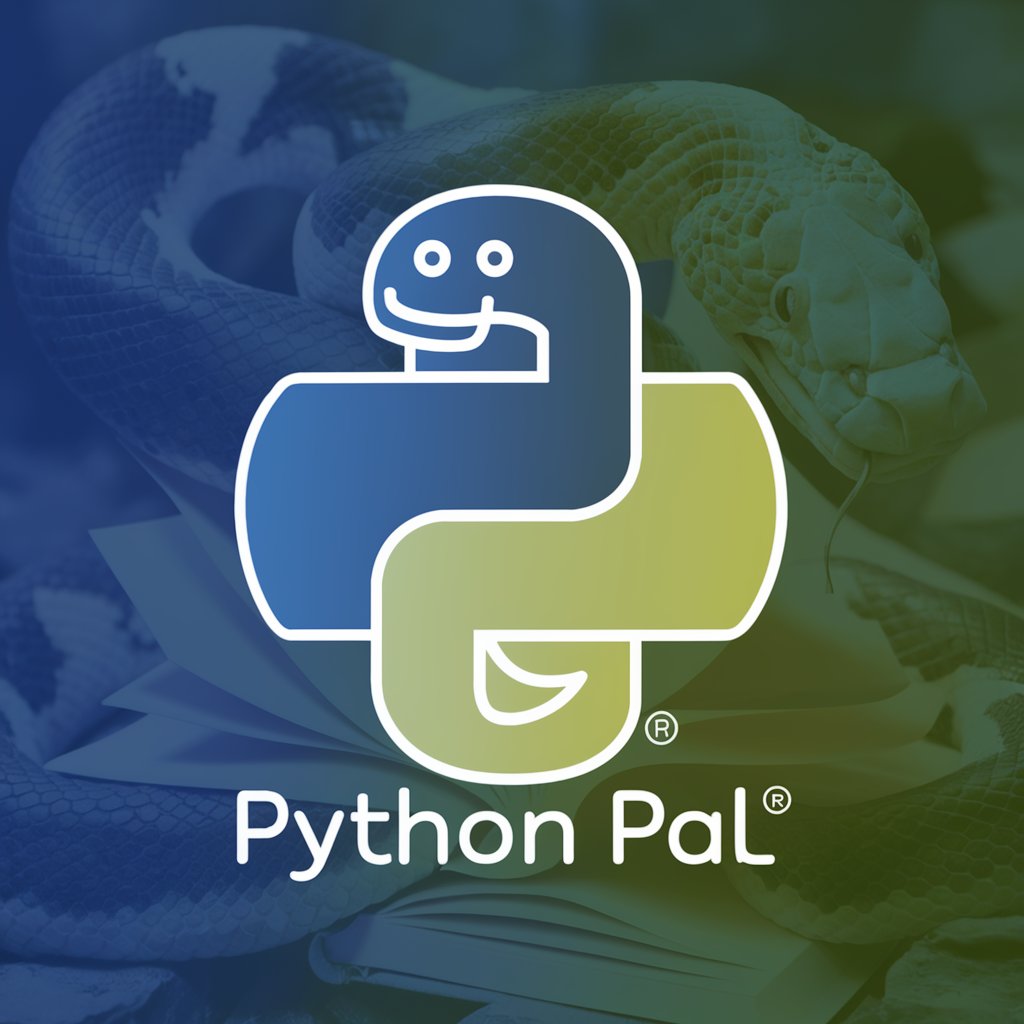Document Ancestry Analyst - Historical Document Analysis

Welcome to Document Ancestry Analyst! Let's uncover your family history together.
Unlocking History with AI-Powered Analysis
Analyze the handwriting style in this historical document to determine its time period.
Identify the language and dialect used in this old manuscript.
Cross-reference these two documents to find any common ancestral links.
Provide a detailed analysis of this old family tree chart.
Get Embed Code
Introduction to Document Ancestry Analyst
Document Ancestry Analyst is designed as an advanced tool for the analysis and interpretation of historical documents, enabling users to uncover the ancestry and origins of various texts. This specialized tool is adept at reading and deciphering both printed and handwritten texts from images of documents, utilizing a blend of technologies such as optical character recognition (OCR), advanced paleography skills for various script styles, and language detection to provide accurate historical document interpretation. For example, it can analyze an 18th-century handwritten will to identify the script style, detect the language and dialect, and provide context about its origin and the societal norms of that time. Powered by ChatGPT-4o。

Main Functions of Document Ancestry Analyst
Script Style Categorization
Example
Identifying Gothic script in a 15th-century manuscript.
Scenario
A user uploads an image of an ancient manuscript. The Document Ancestry Analyst recognizes the script as Gothic, a style prevalent in Europe from the 12th to the 16th centuries, providing insights into the document's historical and geographical context.
Language and Dialect Detection
Example
Detecting Old French in a medieval charter.
Scenario
When presented with a document, the Analyst identifies the language as Old French and pinpoints specific regional dialects, aiding in the localization of the document's origin and offering clues about the historical background of its creation.
Document Type Identification
Example
Differentiating between a land grant and a legal decree.
Scenario
A user submits two images, one of a land grant and another of a legal decree. The Analyst not only differentiates between the two document types but also provides detailed analysis on the significance and implications of each within their historical context.
Interactive Learning Mode
Example
Clarifying ambiguous handwriting in an 18th-century journal.
Scenario
The tool engages the user in a dialogue to clarify ambiguities in the document's text, improving the accuracy of its analysis and interpretation.
Cross-Reference Checks
Example
Comparing entries in multiple family registers.
Scenario
For genealogical research, the Analyst compares data across several family registers, identifying connections and discrepancies to construct a comprehensive family tree.
Ideal Users of Document Ancestry Analyst Services
Genealogists and Historians
Professionals and enthusiasts in genealogy and history who require detailed analysis of historical documents to trace ancestry, understand family histories, or gain insights into specific historical periods. The tool's ability to decipher old scripts, languages, and document types makes it invaluable for their research.
Archivists and Librarians
Individuals responsible for the preservation and categorization of historical texts. They benefit from the tool's capabilities in document type identification and script style categorization, aiding in the accurate archiving and easier retrieval of documents.
Students and Academics
Those engaged in the study of history, linguistics, and related fields who seek to analyze primary source documents as part of their coursework or research. The Analyst's language detection and historical context integration provide deep insights into the documents' origins and significance.

How to Use Document Ancestry Analyst
Start Your Journey
Begin by visiting yeschat.ai to access a free trial of Document Ancestry Analyst without the need for login or a ChatGPT Plus subscription.
Prepare Your Documents
Gather digital images or scans of the documents you wish to analyze. Ensure they are clear and legible for optimal text recognition and analysis.
Upload and Analyze
Upload your documents directly to the platform. The Document Ancestry Analyst will automatically detect text, script styles, and language to begin the analysis.
Review and Refine
Engage with the interactive learning mode to clarify any ambiguities or provide additional context. This step enhances the accuracy of the analysis.
Apply Insights
Utilize the analysis results for your research, including genealogical exploration, academic writing, or historical documentation preservation.
Try other advanced and practical GPTs
3D Print Troubleshooter
AI-driven fixes for 3D printing woes

Starfield Companion
Enhance Your Starfield Journey with AI

Juniper Seven
Empowering military paths with AI

Cyberpunk AI University: Prompt Engineering RPG
Master AI Prompt Engineering in a Cyberpunk World

Swim Genius
Expert USMS Rule Interpretation, AI-Powered

3D Shape Mathematician
Empowering Precision with AI in STEM Fields

GregMat GRE Lexicon Tutor
Revolutionize your GRE prep with AI-powered vocabulary learning.

Flight Simulator Route Planner
Tailor-made AI flight planning

Risk Averse Technology Company
Unleashing Creativity with AI

Python Pal
Empowering your Python journey with AI

MadScientist GPT
Where Science Meets Imagination

AdGurus PPC GPT
Elevate Your Ads with AI Insight

Document Ancestry Analyst FAQs
What types of documents can Document Ancestry Analyst analyze?
Document Ancestry Analyst can analyze a wide range of documents, including handwritten letters, historical records, manuscripts, and printed texts. It is skilled in deciphering various script styles and languages.
How does the tool handle different languages or dialects?
The tool employs advanced language and dialect detection capabilities to accurately interpret the content of documents, even if they contain archaic or regional variations of languages.
Can it read really old or faded documents?
Yes, with its advanced paleography skills, the tool is adept at reading and interpreting old or faded documents, provided the images uploaded are of reasonable quality.
Is user interaction required for the analysis?
User interaction, particularly through the interactive learning mode, can significantly enhance the analysis by clarifying ambiguities and providing additional context.
How can Document Ancestry Analyst aid genealogical research?
By analyzing historical documents and deciphering script styles and languages, the tool can unlock valuable family histories and connections, aiding in the construction of detailed genealogical records.
